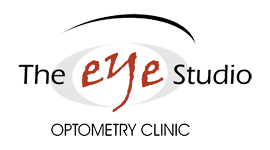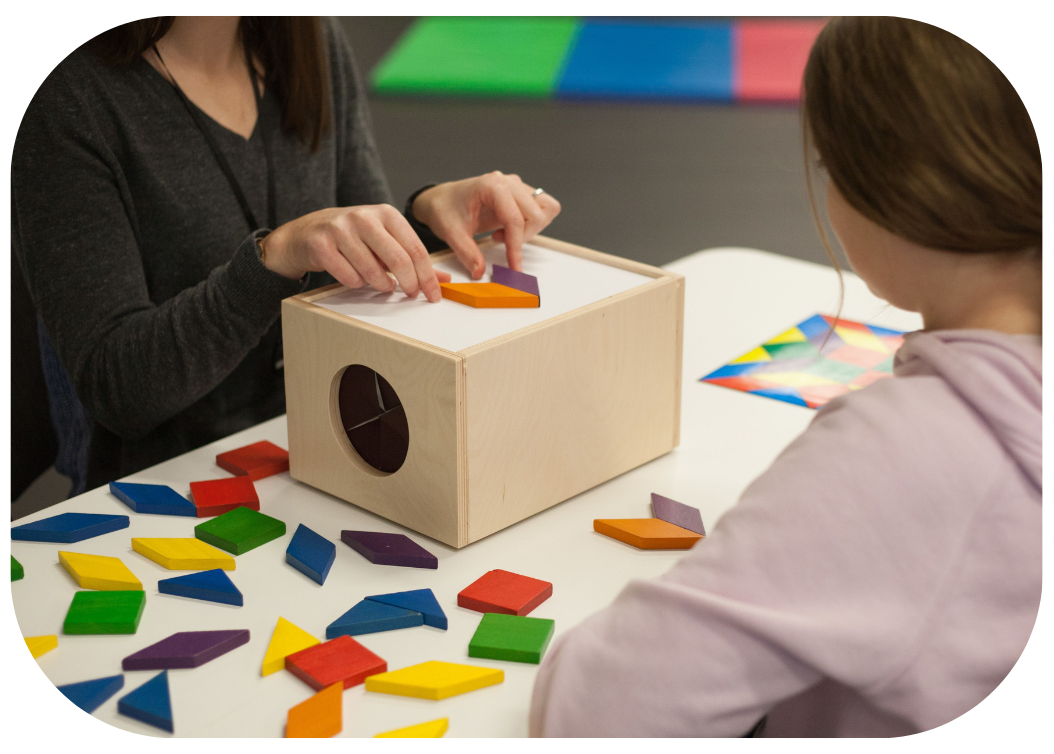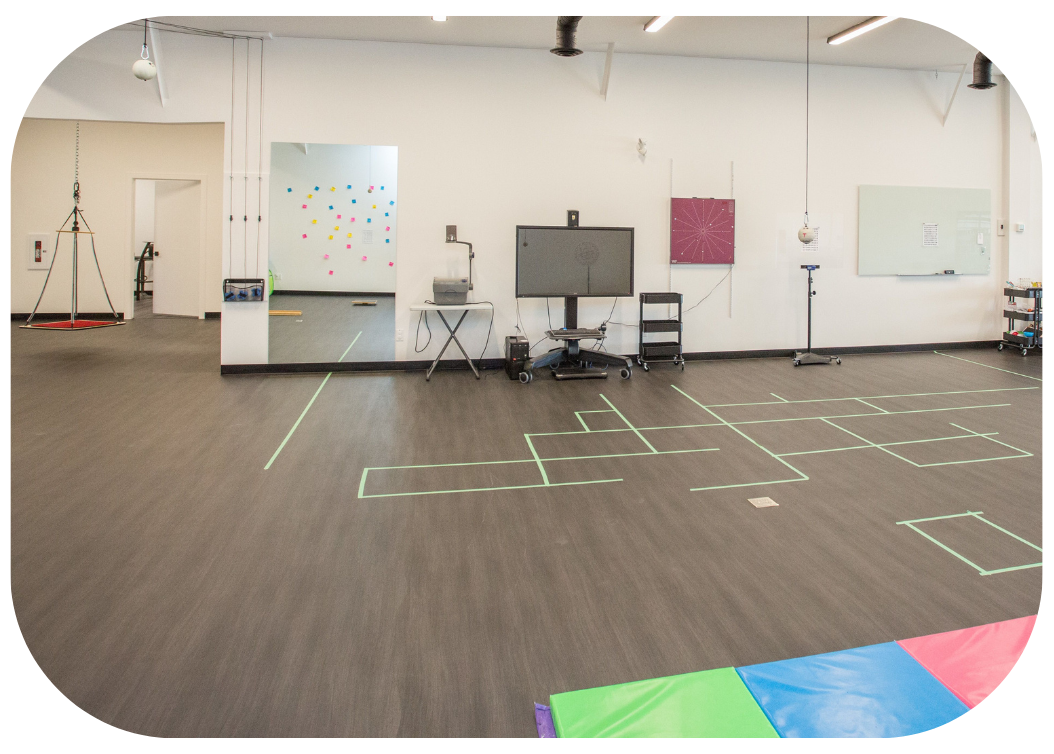Vision Therapy
Vision is how the eyes and brain work together. At The Eye Studio we use a holistic approach to vision care. In addition to the usual eye exam, we also test the entire visual system (functional vision exam) to check that it has the developmental maturity, strength, and stamina to function optimally throughout the visual tasks performed on a daily basis.
Once we identify any vulnerable areas within the visual system that could interfere with reading and learning, we develop an effective vision therapy regimen made of individually tailored eye exercises made to improve visual functions and retrain the brain to interpret visual input more accurately.
Contact The Eye Studio today for a functional eye exam or visit us with your concerns regarding your child’s vision, and we’ll be sure to find the best way to treat his or her visual problems.


